11 Simple Ways to Grow Rosemary Indoors Successfully
Rosemary is an herb that thrives when given the right conditions, even inside your home. It offers great flavor to cooking and a fresh, aromatic scent. Growing rosemary indoors is an excellent way to have a steady supply of this useful herb. All it needs is plenty of light and some attention to its watering needs. Here are some helpful tips for growing rosemary indoors.
This post may contain affiliate links, which helps keep this content free. Please read our disclosure for more info.
Provide Plenty of Sunlight
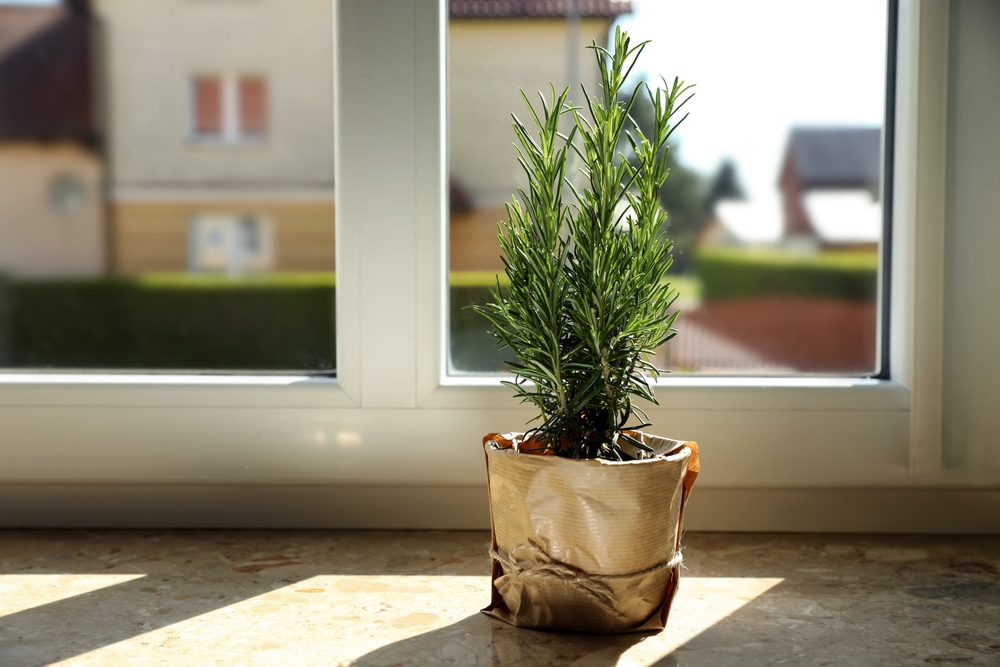
Rosemary thrives in bright sunlight, so place it in a spot where it will receive at least 6 to 8 hours of direct sunlight per day. A south-facing window is usually the best choice for optimal light. If you do not have enough natural light, consider using a grow light to supplement. Without adequate sunlight, rosemary may become leggy and weak.
If your indoor space does not get enough sun, rotating the plant every few days can help ensure it gets light from all angles. Rosemary can tolerate some indirect light, but it will grow best with direct exposure. You can also use sheer curtains to diffuse the sunlight and prevent the plant from getting scorched. Giving your rosemary the light it needs will keep it healthy and productive.
Choose the Right Pot

When growing rosemary indoors, it is important to use a pot with good drainage. Rosemary roots do not like sitting in water, so a pot with drainage holes will help prevent root rot. Choose a container that is large enough to allow the plant to grow but not so big that the soil retains too much moisture. A terracotta or clay pot is ideal because it allows the soil to dry out more quickly.
Ensure that the pot has a saucer underneath to catch any excess water. Rosemary needs a well-drained soil mix, so using a potting mix designed for herbs or cactus is a good idea. Repotting your rosemary once a year will give it fresh soil and enough space to grow. The right pot will help your rosemary thrive indoors for years to come.
Water Carefully
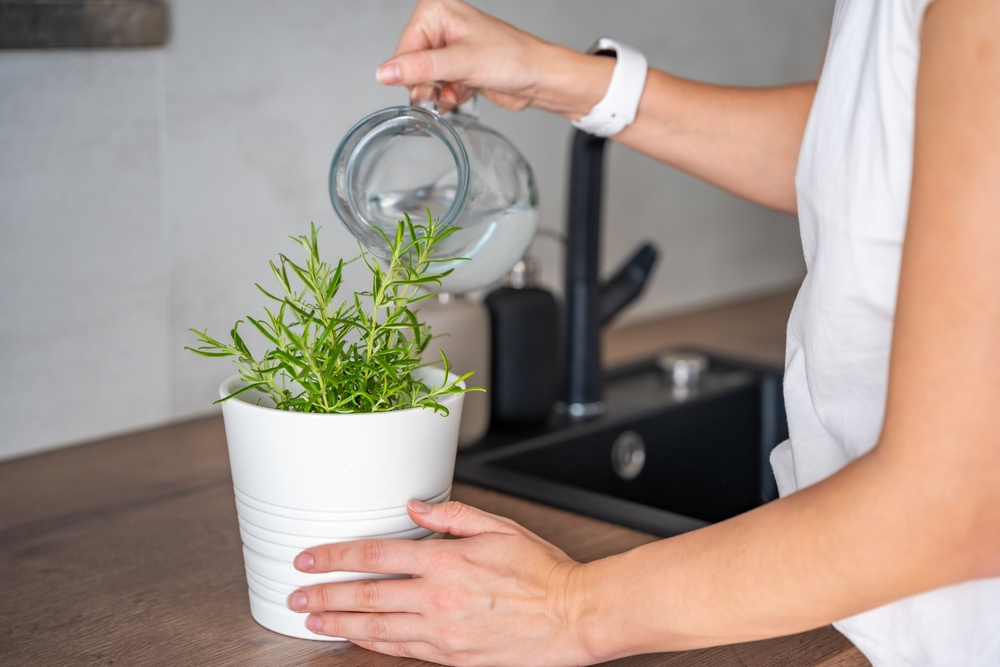
Rosemary prefers to dry out between waterings, so it is important not to overwater the plant. Water it thoroughly but allow the soil to dry out completely before watering again. Stick your finger into the soil to check for moisture – if it feels dry, it is time to water. Be sure to water at the base of the plant, avoiding the leaves to prevent fungal growth.
In the winter months, rosemary’s water requirements decrease as the plant enters a dormant period. During this time, you may only need to water it once every two weeks. It is better to underwater than overwater rosemary, as too much moisture can lead to root rot and other issues. Keep a consistent watering schedule and monitor the soil to maintain healthy growth.
Maintain Proper Temperature
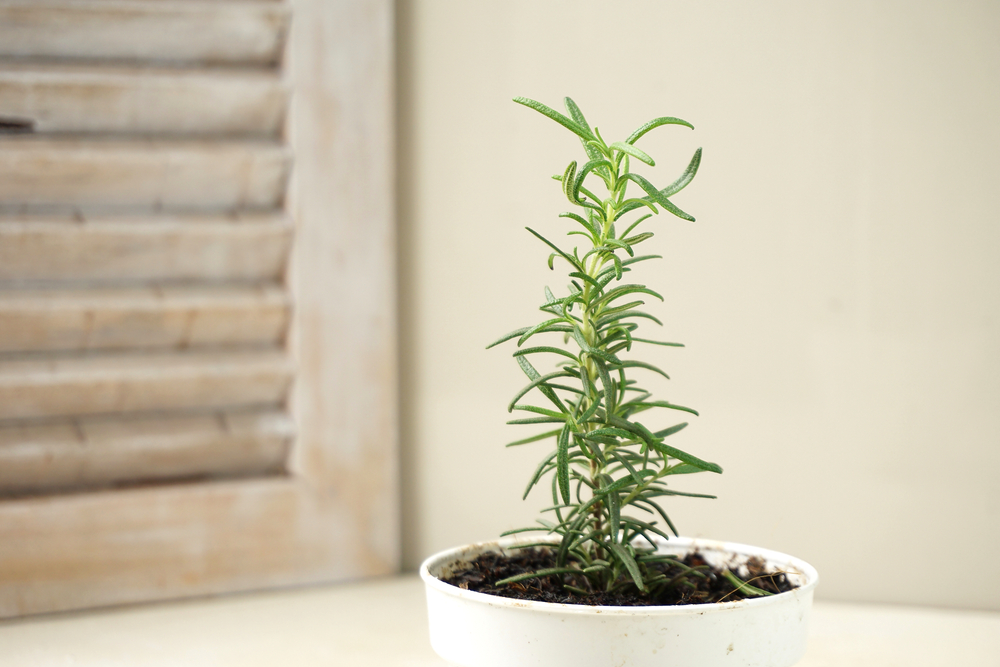
Rosemary grows best in temperatures between 60 and 75 degrees Fahrenheit. Keep your indoor rosemary plant in a warm area, but avoid placing it near heat sources such as radiators or heating vents. Consistent temperature is important to prevent stress on the plant. Sudden temperature changes can affect the rosemary’s growth and overall health.
During colder months, it is essential to keep the plant in a space that does not drop below 50 degrees Fahrenheit. Rosemary is sensitive to cold drafts and frost, so avoid placing it near windows that might get cold at night. Maintaining a steady temperature will help your rosemary thrive and grow well indoors. Keep the plant in a spot where it will be shielded from temperature extremes.
Use Well-Draining Soil
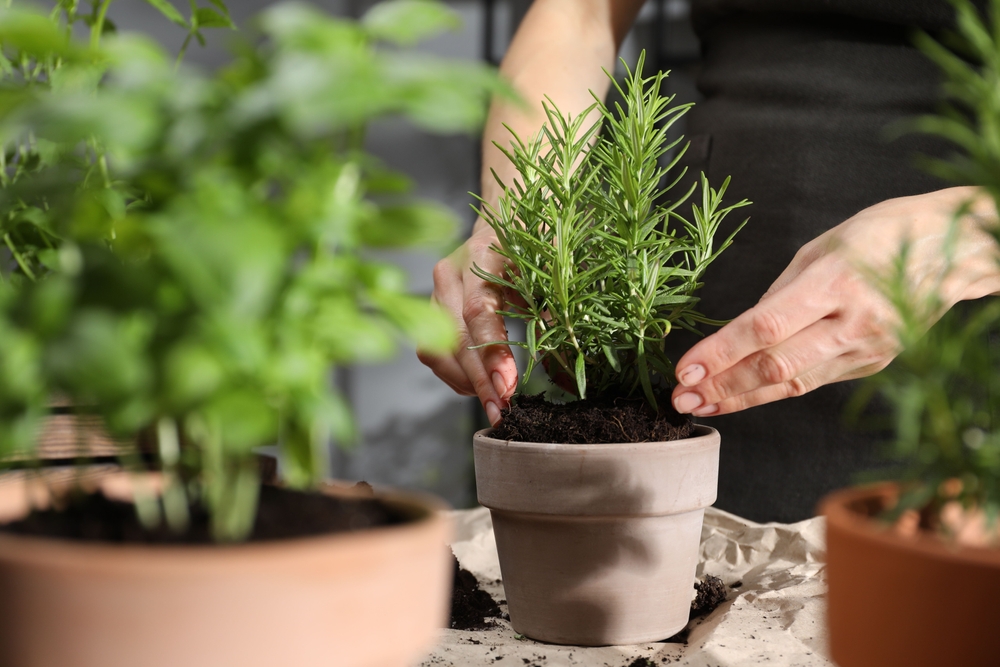
Rosemary prefers well-draining soil to prevent water from accumulating around its roots. A sandy, loamy mix works well, and you can add some perlite or small gravel to improve drainage. Avoid heavy, clay-based soil, as it retains too much moisture, which can lead to root rot. You can also mix in a small amount of organic matter for extra nutrients.
Repot your rosemary every year with fresh, well-draining soil to keep the roots healthy and avoid compaction. If you find that the soil is not draining well, it may be time to change the soil mix or the pot. Good drainage is crucial for rosemary’s health, as the plant does not like sitting in waterlogged soil. Make sure the soil is light and airy for best results.
Prune Regularly
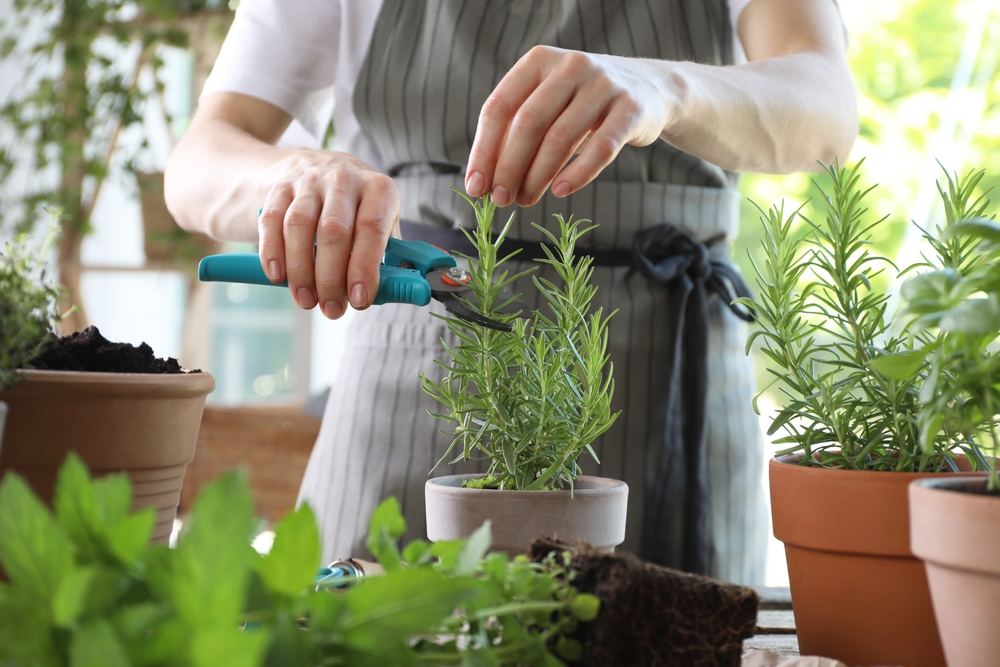
Regular pruning helps rosemary maintain a bushy shape and promotes healthy growth. Trim back any dead or spindly branches to encourage new growth. If your rosemary is growing too tall or leggy, cut back the stems to maintain a compact, attractive form. Pruning also prevents the plant from becoming too woody and encourages fresh leaves.
Be careful not to remove more than one-third of the plant at a time. Always use sharp scissors or pruning shears to avoid damaging the plant. Pruning rosemary not only helps with the appearance but also ensures that the plant continues to produce fresh leaves. It is a simple task that will keep your rosemary healthy and thriving.
Avoid Overcrowding
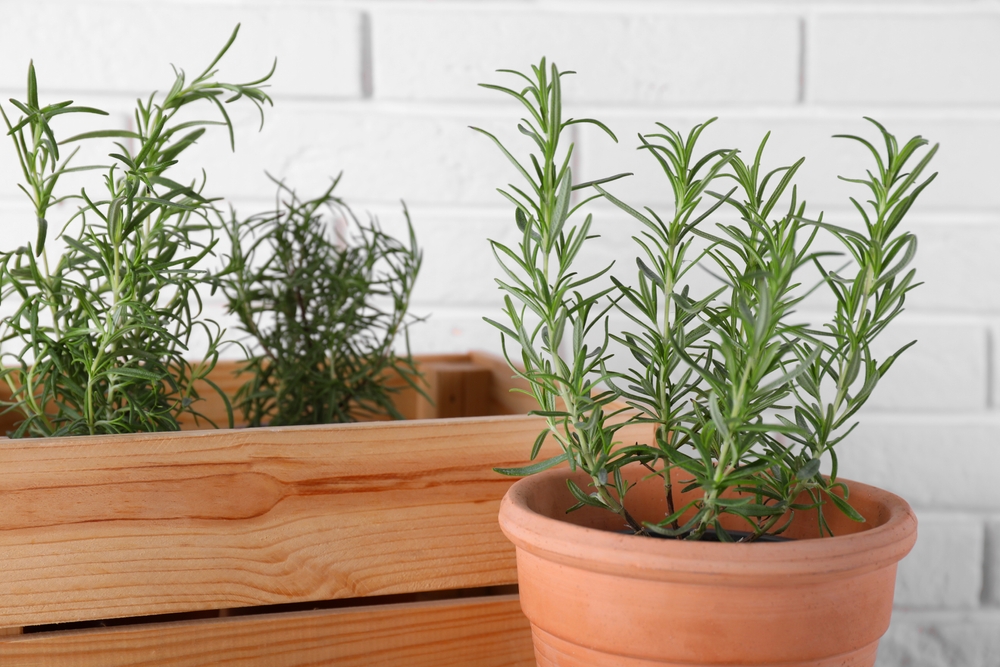
When growing rosemary indoors, it is important to give the plant enough space to grow. Overcrowding can lead to poor air circulation, which can make the plant more susceptible to pests and diseases. Ensure that rosemary has enough room to spread out and that air can flow around it. This will help prevent issues with mold or mildew.
If you have multiple plants, make sure they are spaced well apart to allow for proper growth. This also helps to avoid competition for sunlight and nutrients. Rosemary can become stressed when crowded, which can stunt its growth and reduce its overall health. Providing enough space will help the plant grow strong and vibrant.
Provide Good Air Circulation
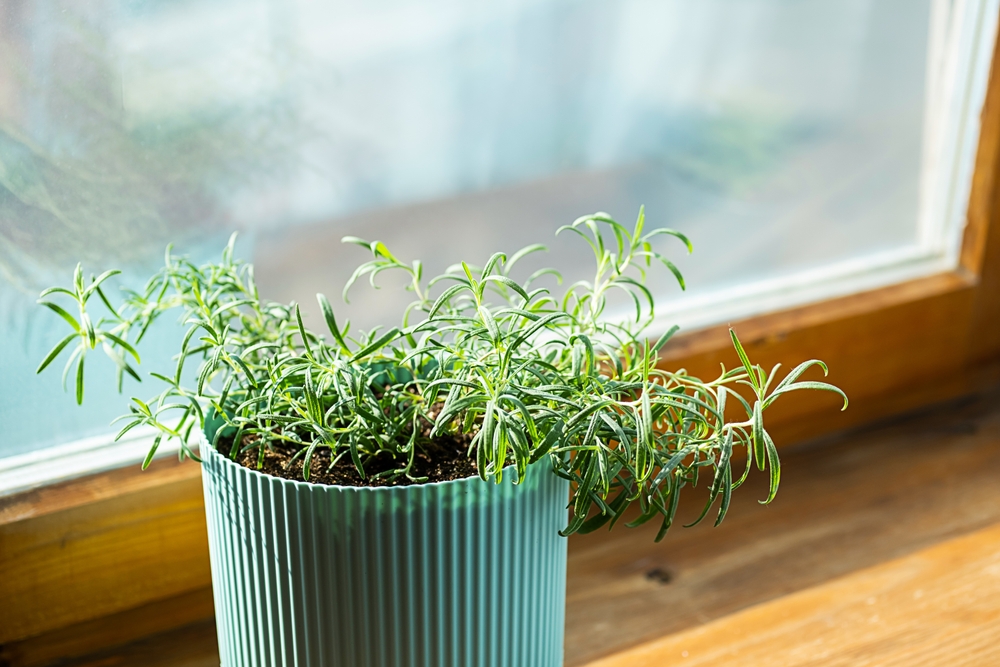
Rosemary needs good air circulation to stay healthy and avoid disease. When growing it indoors, make sure the plant is in a well-ventilated area. Stale air can encourage mold and mildew growth, which can harm the plant. To improve air circulation, you can use a small fan to gently move the air around the rosemary.
It is important to avoid placing the plant in a cramped or stuffy space. Good airflow helps prevent humidity from building up around the plant, which could lead to fungal problems. If you notice any signs of mildew or mold, move the plant to a better-ventilated area. Good air circulation is an easy way to promote the overall health of your rosemary.
Fertilize Sparingly
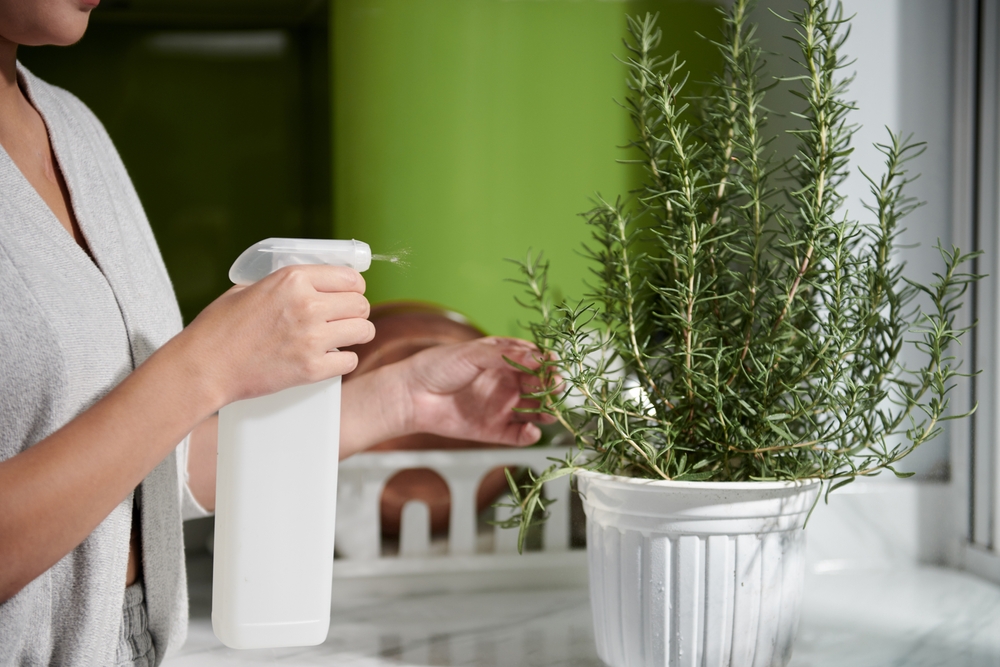
Rosemary does not require a lot of fertilizer, so it is best to fertilize sparingly. Too much fertilizer can cause the plant to become too lush, which can weaken its flavor and aroma. Use a balanced, water-soluble fertilizer at half strength once a month during the growing season. Avoid fertilizing during the winter months when the plant is dormant.
If your rosemary starts to look a bit leggy or pale, a light feeding may help it regain strength. However, it is important to not overdo it, as too much fertilizer can stress the plant. Rosemary is quite resilient and can grow well with minimal feeding, so it is best to err on the side of caution. Keeping fertilization low will promote healthy, flavorful leaves.
Repot Every Year
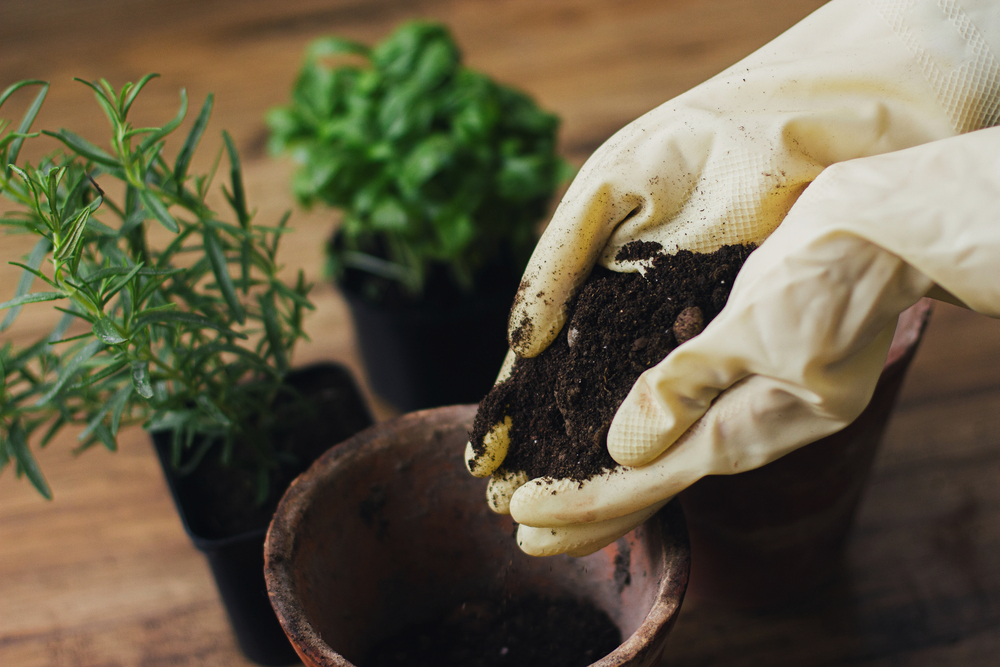
Rosemary can outgrow its pot quickly, so it is a good idea to repot the plant every year. Choose a slightly larger pot to allow for continued root growth, but not one that is too large. This will help the plant focus on growing more roots rather than spreading too much. Repotting ensures that rosemary has enough space to grow and access fresh nutrients.
When repotting, be careful not to disturb the roots too much. Gently remove the plant from its old pot, trim any damaged or dead roots, and place it in the new pot with fresh soil. Repotting will help maintain healthy roots and prevent the plant from becoming root-bound. Doing this once a year will keep your rosemary thriving for a long time.
Harvest Regularly
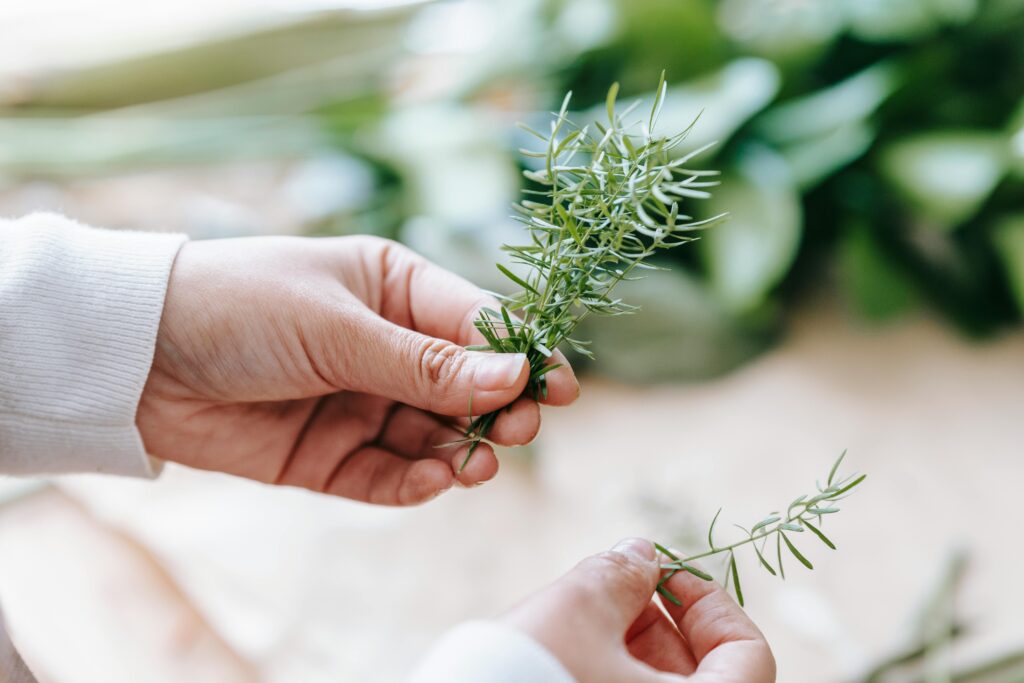
Harvesting rosemary regularly encourages the plant to continue growing new leaves. Use sharp scissors to snip off a few sprigs, making sure to leave enough of the plant so it can continue growing. Harvesting also prevents the plant from becoming too woody, ensuring that you get fresh, flavorful leaves. It is best to harvest in the morning when the oils in the leaves are at their peak.
Do not take more than a third of the plant at once, as this can stress it. Rosemary can handle regular trimming, which promotes healthy growth and a bushier shape. By harvesting often, you will enjoy a steady supply of rosemary while keeping the plant strong and compact. It is a great way to keep the plant productive throughout the year.
Taking care of rosemary indoors is an easy and enjoyable way to have fresh herbs at your fingertips. With a bit of attention to light, water, and space, this versatile plant will grow strong and vibrant.
This article originally appeared on Avocadu.
